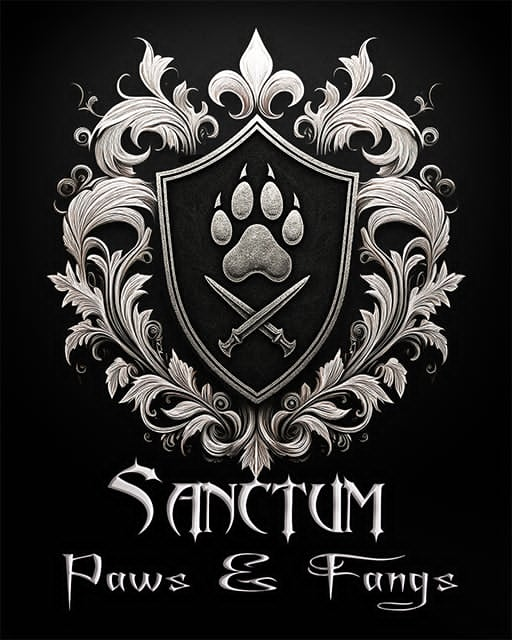Grains have long been a staple in commercial dog food, but in recent years, they’ve become a source of confusion and controversy. Are they nutritious? Are they just cheap fillers? At Sanctum Paws & Fangs, we believe in cutting through the noise to help pet parents make informed, balanced decisions. This guide explores the role of grains in dog food — the good, the questionable, and the misunderstood.
🧠 What Counts as a Grain?
Grains are seeds from cereal plants and include:
- Brown rice
- Oats
- Barley
- Millet
- Quinoa
- Corn
- Wheat
- Sorghum
They’re primarily used for carbohydrates, but many also contain fiber, vitamins, and minerals.
✅ When Grains Are Beneficial
-
Energy Source: Complex carbohydrates provide sustained energy, especially for active dogs.
-
Digestive Support: Whole grains like oats and brown rice offer fiber that supports gut health.
-
Nutrient Density: Grains contain B vitamins, magnesium, and antioxidants that aid metabolism and immunity.
-
Affordability: They help balance cost while still contributing to a complete diet.
⚠️ When Grains Act Like Fillers
Not all grains are created equal. Some are used to bulk up food without adding meaningful nutrition.
Watch out for:
-
Refined grains (e.g., white rice, wheat middlings)
-
Corn gluten meal — a protein substitute with limited digestibility
-
Soy — often used as a cheap filler and common allergen
-
Generic grain by-products — vague terms that hide poor-quality ingredients
These can dilute the nutritional value of the food and may cause digestive upset or allergic reactions in sensitive dogs.
🐕 Grain-Free ≠ Carb-Free
Many grain-free formulas replace grains with:
- Potatoes
- Peas
- Lentils
- Tapioca
These are still carbohydrates — and in some cases, may contribute to health concerns like Dilated Cardiomyopathy (DCM) when used excessively. Grain-free isn’t inherently better — it’s about the quality and balance of ingredients.
🧪 Allergies to Grains Are Rare
Despite popular belief, true grain allergies in dogs are uncommon. Most food sensitivities stem from animal proteins like beef, chicken, or dairy. Unless your vet has diagnosed a grain intolerance, whole grains may be a safe and beneficial part of your dog’s diet.
🛡️ What to Look For in Grain-Inclusive Foods
-
Whole grains (e.g., brown rice, oats, barley)
-
Named ingredients — avoid vague terms like “grain by-product”
-
Balanced formulation — grains should complement, not replace, high-quality proteins
-
No artificial preservatives or dyes
🐾 Final Thoughts
Grains aren’t the enemy — but they’re not royalty either. Like any ingredient, their value depends on quality, sourcing, and context. At Sanctum Paws & Fangs, we advocate for transparency and balance. Whether grain-free or grain-inclusive, your dog’s food should reflect thoughtful choices rooted in health, ethics, and love.
Always consult your veterinarian before making dietary changes. Every dog is different — and their bowl should be as unique as their bark.

